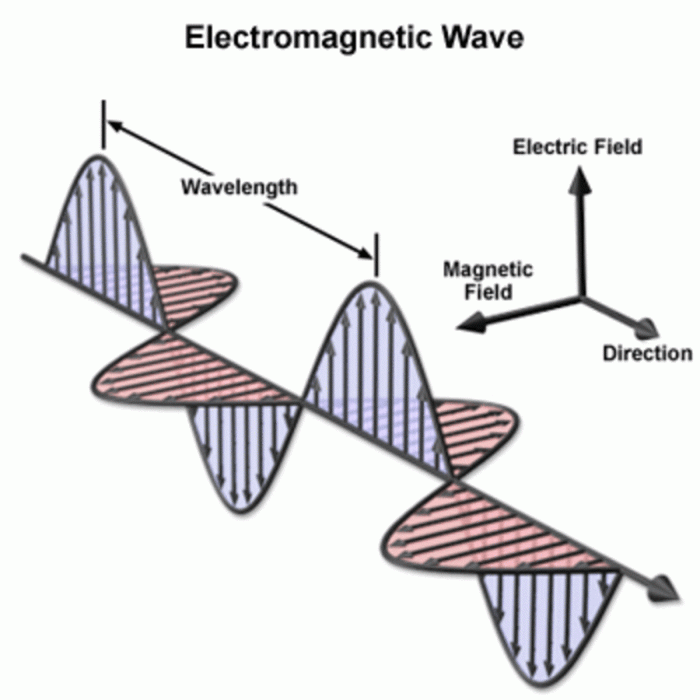Which property of magnetism is utilized in automotive applications – In the realm of automotive engineering, magnetism plays a pivotal role, shaping the performance and efficiency of vehicles. This article delves into the specific property of magnetism harnessed in automotive applications, exploring its implications and the materials that embody its unique characteristics.
Diamagnetism, paramagnetism, ferromagnetism, antiferromagnetism, and ferrimagnetism are the key magnetic properties that find practical use in automotive components. Each property manifests itself in distinct ways, offering advantages and posing challenges in specific applications.
Diamagnetic Properties: Which Property Of Magnetism Is Utilized In Automotive Applications

Diamagnetism, a form of magnetism, arises from the opposition of paired electrons to an external magnetic field. In automotive applications, diamagnetism plays a crucial role in:
Eddy Current Reduction
- Diamagnetic materials, such as copper and aluminum, are used in the construction of electrical components to minimize eddy currents.
- Eddy currents are induced electrical currents that can cause energy loss and heating in conductors exposed to varying magnetic fields.
- Diamagnetic materials’ resistance to magnetic fields reduces eddy current formation, enhancing component efficiency and preventing overheating.
Magnetic Shielding
- Diamagnetic materials can act as magnetic shields, protecting sensitive electronic components from external magnetic fields.
- This shielding is particularly important in automotive environments where strong magnetic fields from motors and other electrical devices can interfere with sensitive electronics.
- Diamagnetic shields made from materials like bismuth or pyrolytic carbon provide effective protection, ensuring the reliable operation of electronic systems.
Advantages of Diamagnetic Materials in Automotive Applications:
- Reduced eddy currents, leading to improved energy efficiency and component lifespan.
- Effective magnetic shielding, protecting sensitive electronics from interference.
- Lightweight and non-toxic, making them suitable for various automotive applications.
Disadvantages of Diamagnetic Materials in Automotive Applications:
- Limited magnetic susceptibility, resulting in weaker magnetic shielding compared to other magnetic materials.
- Can be more expensive than other magnetic materials.
Paramagnetic Properties

Paramagnetism is a type of magnetism where materials exhibit a weak attraction to magnetic fields. In automotive applications, paramagnetic properties are utilized in:
Magnetic Sensors
- Paramagnetic materials are used as sensing elements in magnetic sensors, such as Hall effect sensors and magnetometers.
- These sensors detect changes in magnetic fields, enabling applications like speed and position sensing in automotive systems.
- Paramagnetic materials’ sensitivity to magnetic fields makes them suitable for precise and reliable sensing.
Magnetic Resonance Imaging (MRI), Which property of magnetism is utilized in automotive applications
- Paramagnetic contrast agents are used in MRI to enhance the visibility of specific tissues and organs.
- These agents contain paramagnetic ions, which interact with the magnetic field of the MRI scanner.
- The resulting changes in the magnetic field provide detailed images of the targeted tissues, aiding in medical diagnostics.
Advantages of Paramagnetic Materials in Automotive Applications:
- High sensitivity to magnetic fields, enabling precise sensing.
- Non-toxic and biocompatible, making them suitable for medical applications.
- Relatively low cost compared to other magnetic materials.
Disadvantages of Paramagnetic Materials in Automotive Applications:
- Weak magnetic susceptibility, limiting their use in applications requiring strong magnetic fields.
- Can be susceptible to temperature variations, affecting their magnetic properties.
Question Bank
What is the most common magnetic property utilized in automotive applications?
Ferromagnetism is the most widely used magnetic property in automotive applications, particularly in electric motors and generators.
How does diamagnetism contribute to automotive safety?
Diamagnetic materials are employed in seat belts and airbags to minimize the impact of collisions by absorbing and dissipating energy.
What are the advantages of using paramagnetic materials in automotive sensors?
Paramagnetic materials enhance the sensitivity and accuracy of sensors used in navigation systems, tire pressure monitoring, and other automotive applications.
